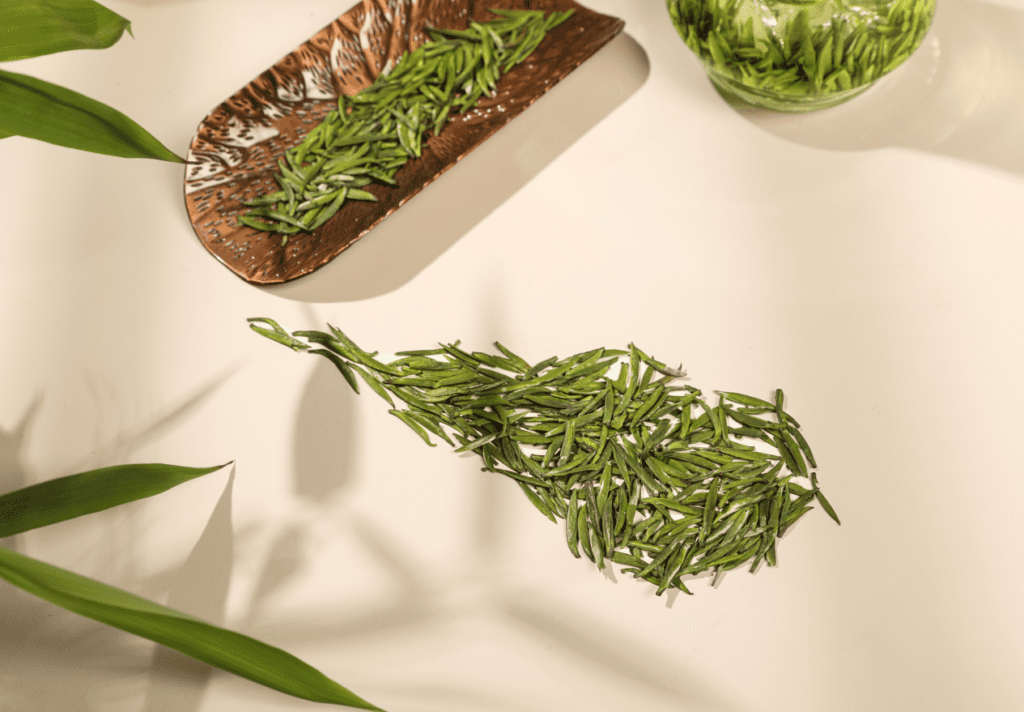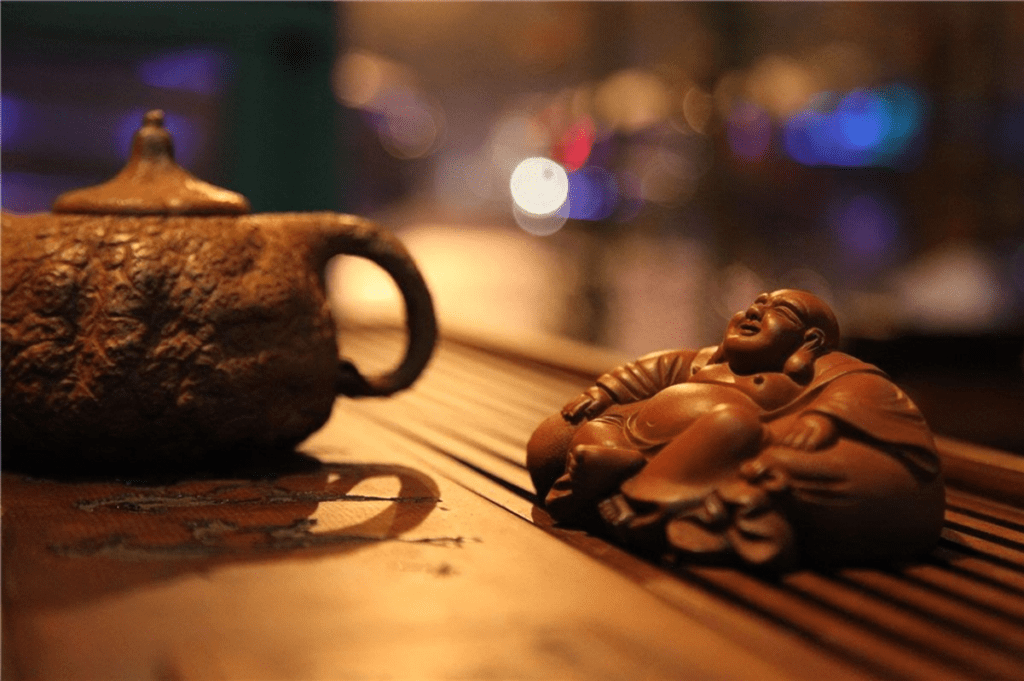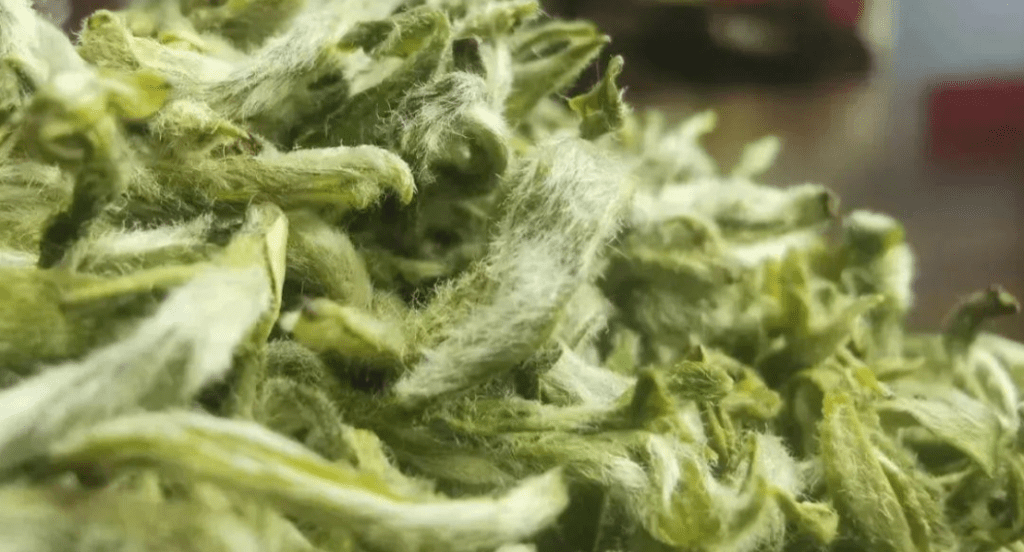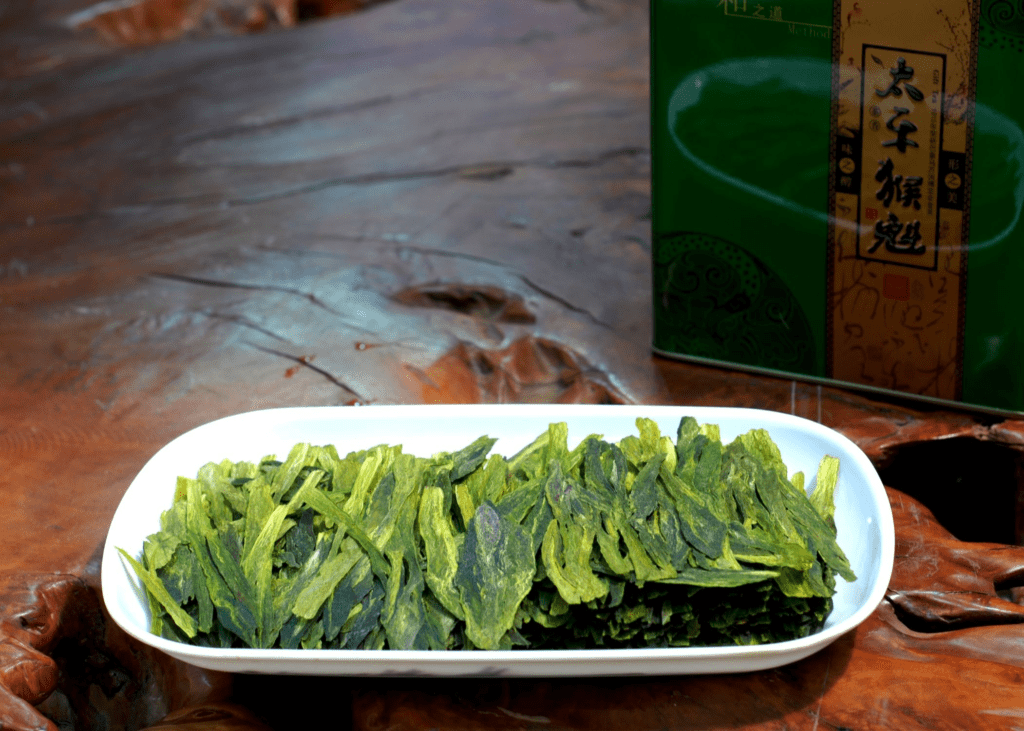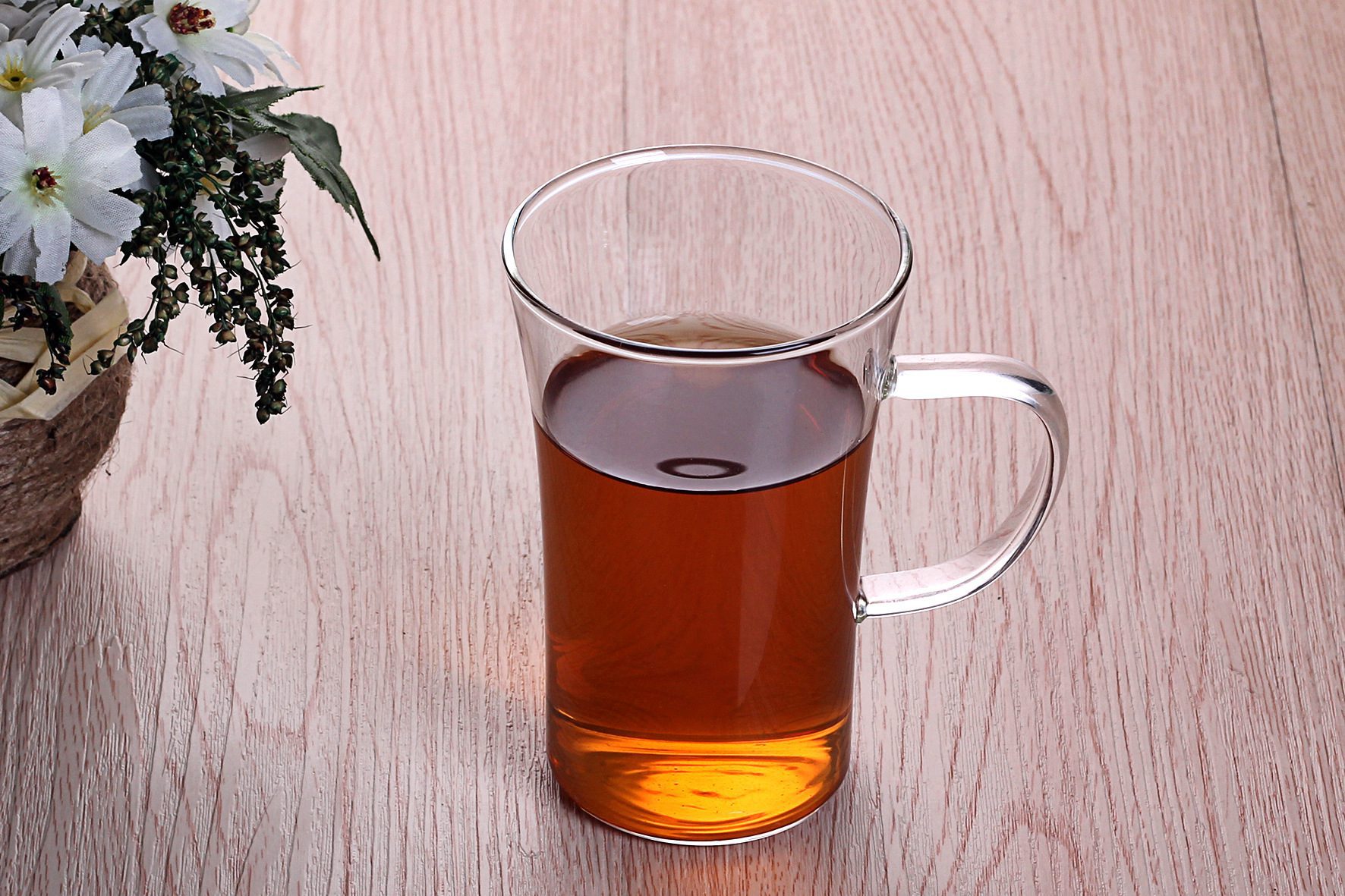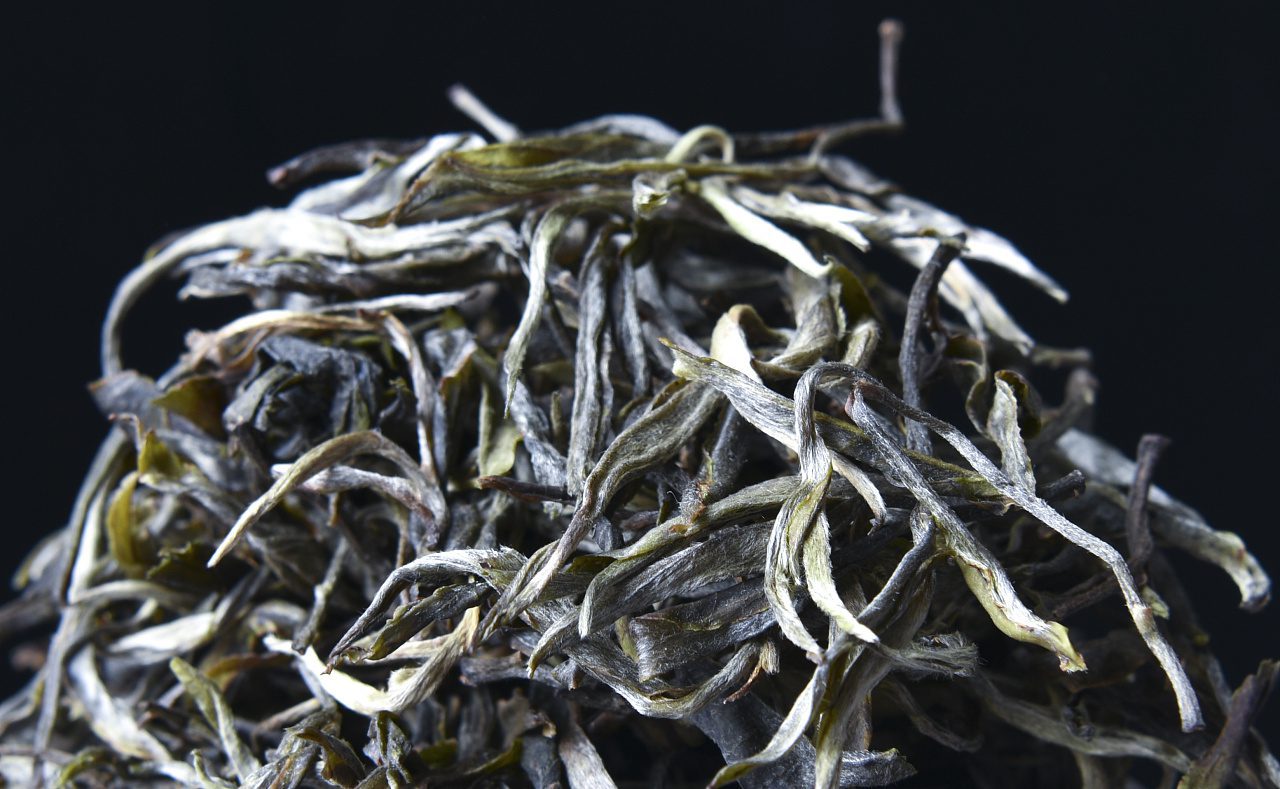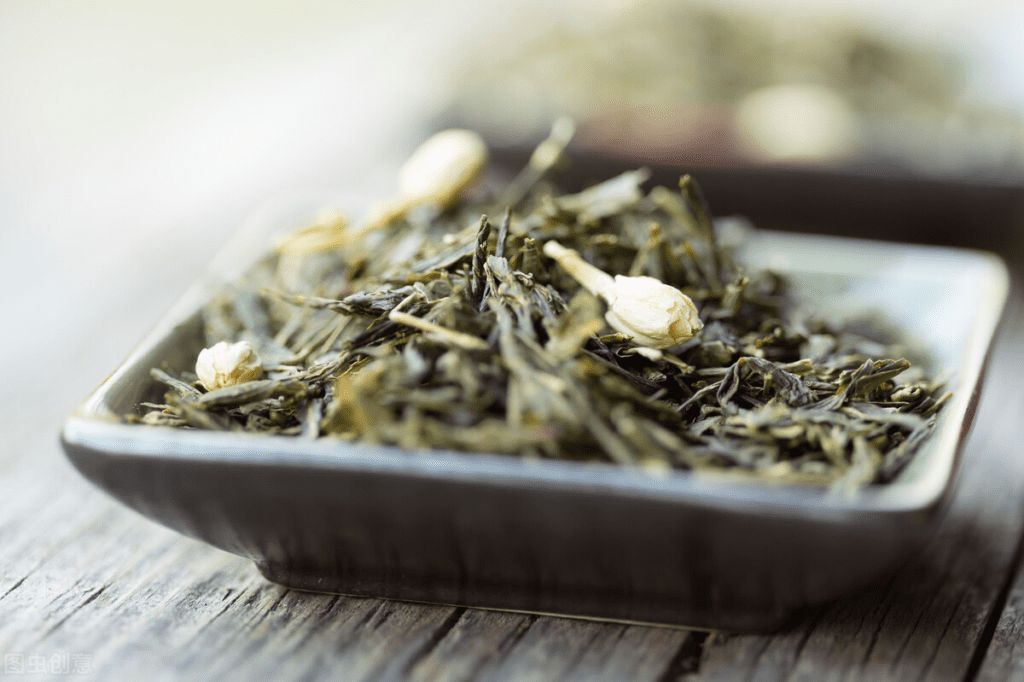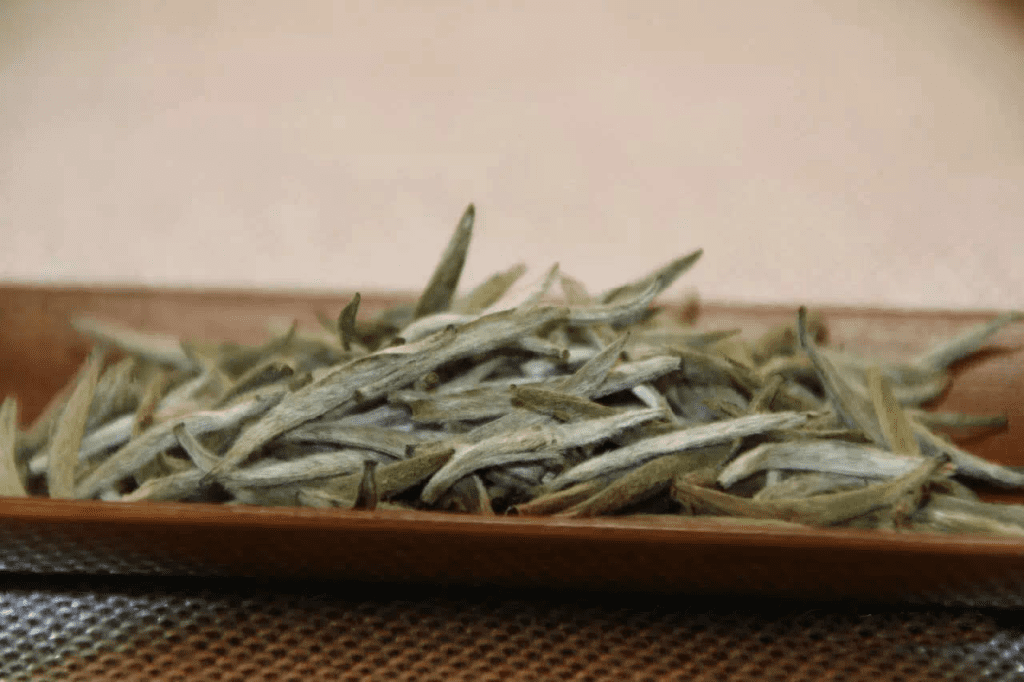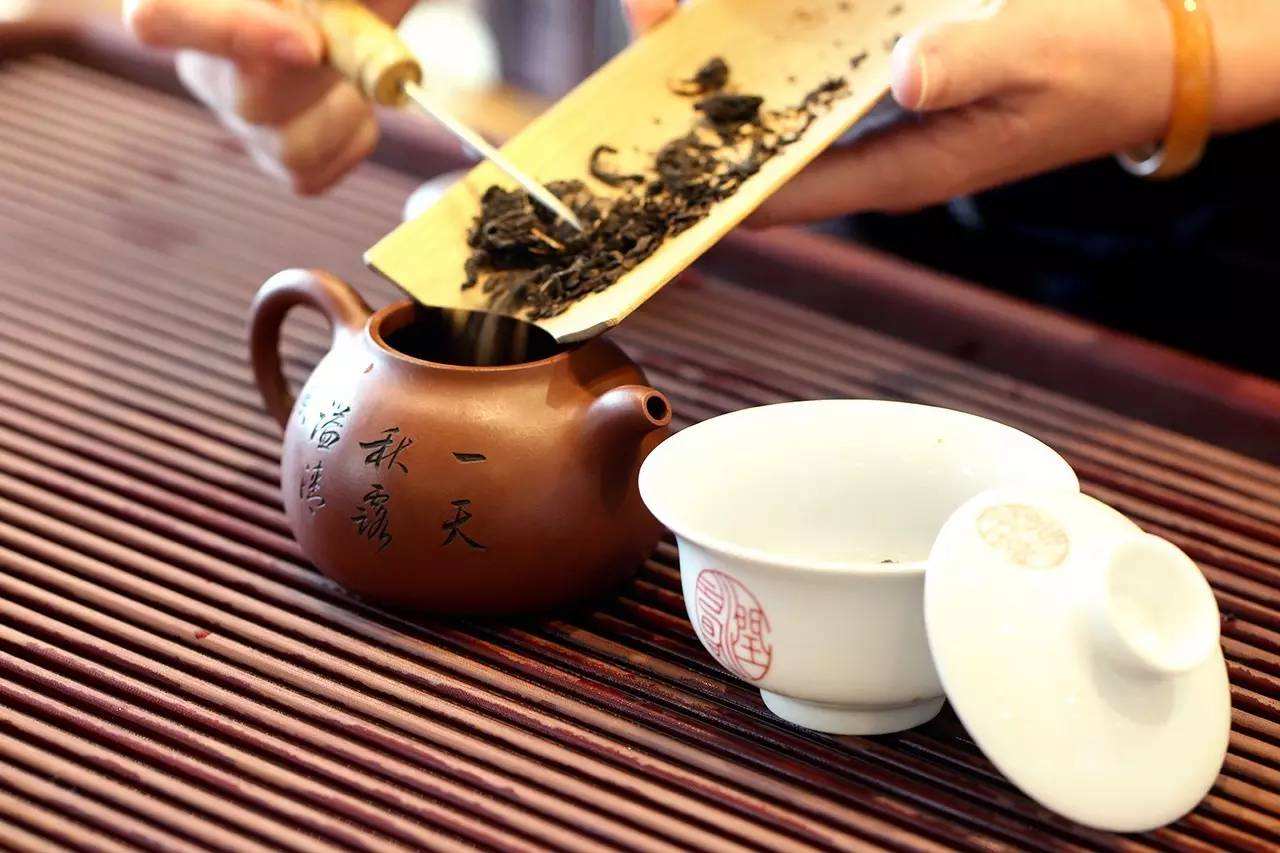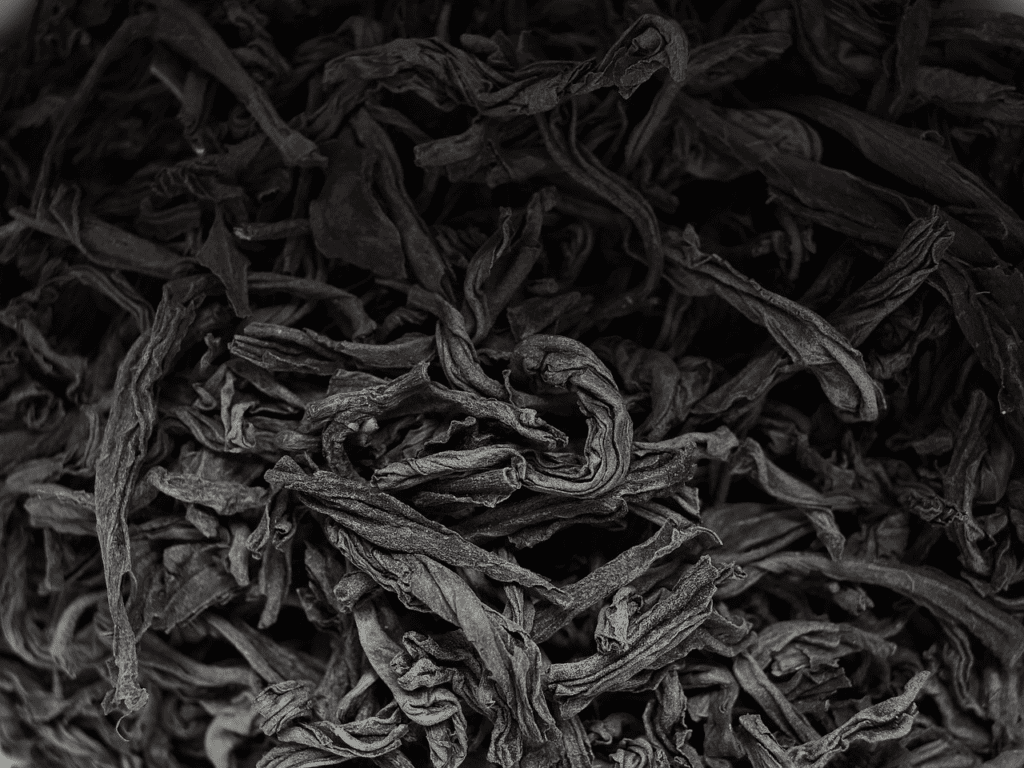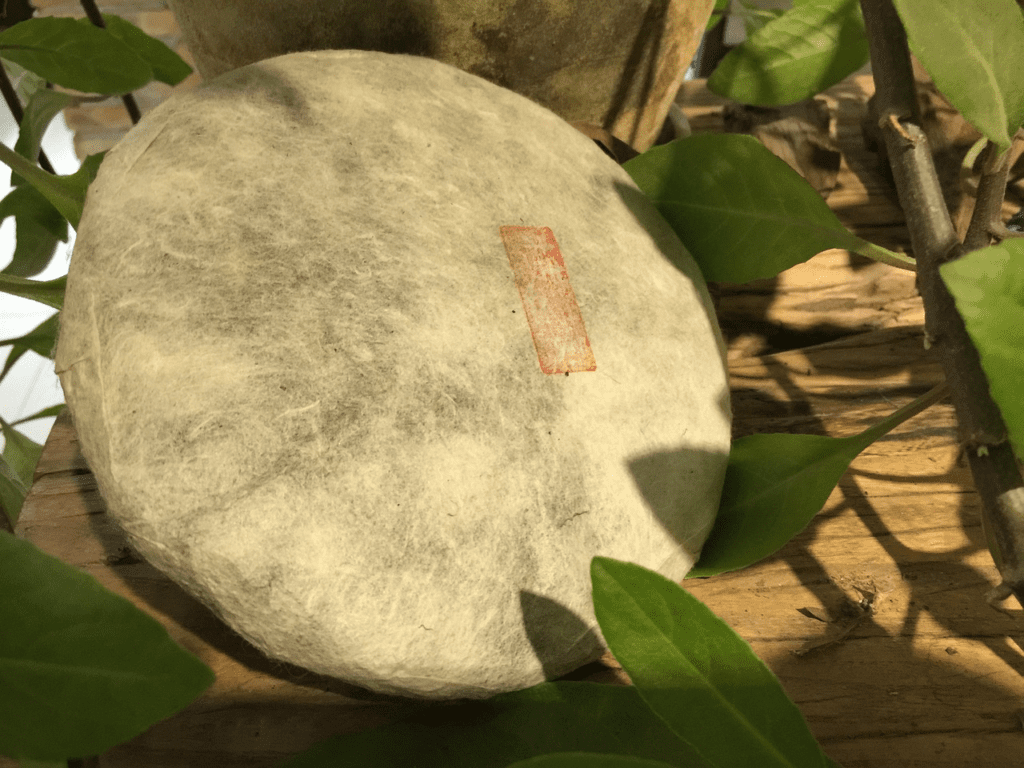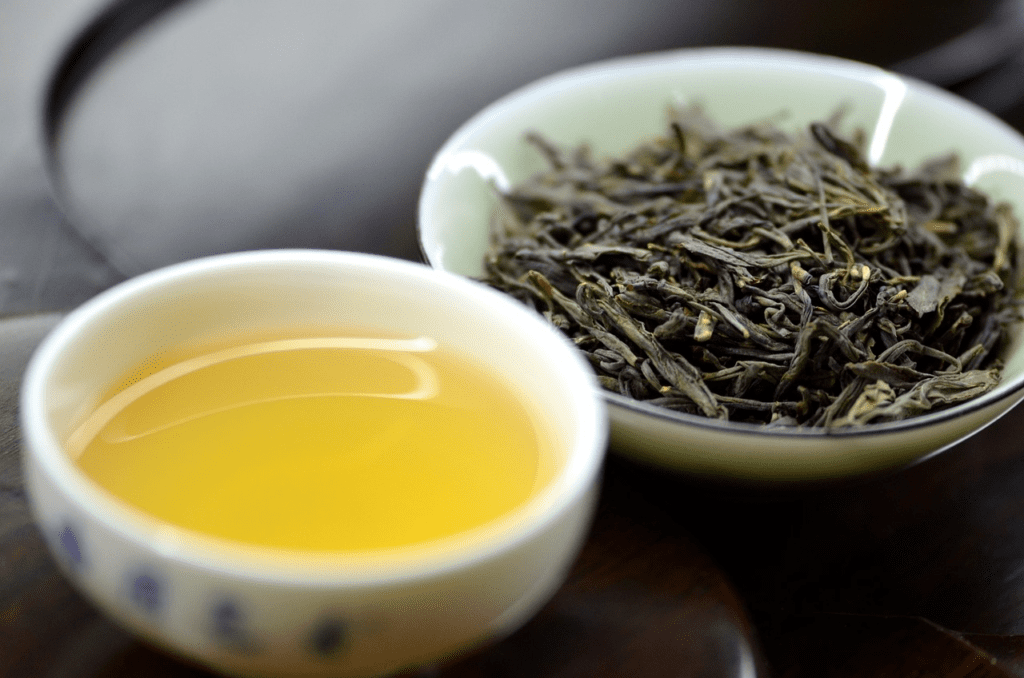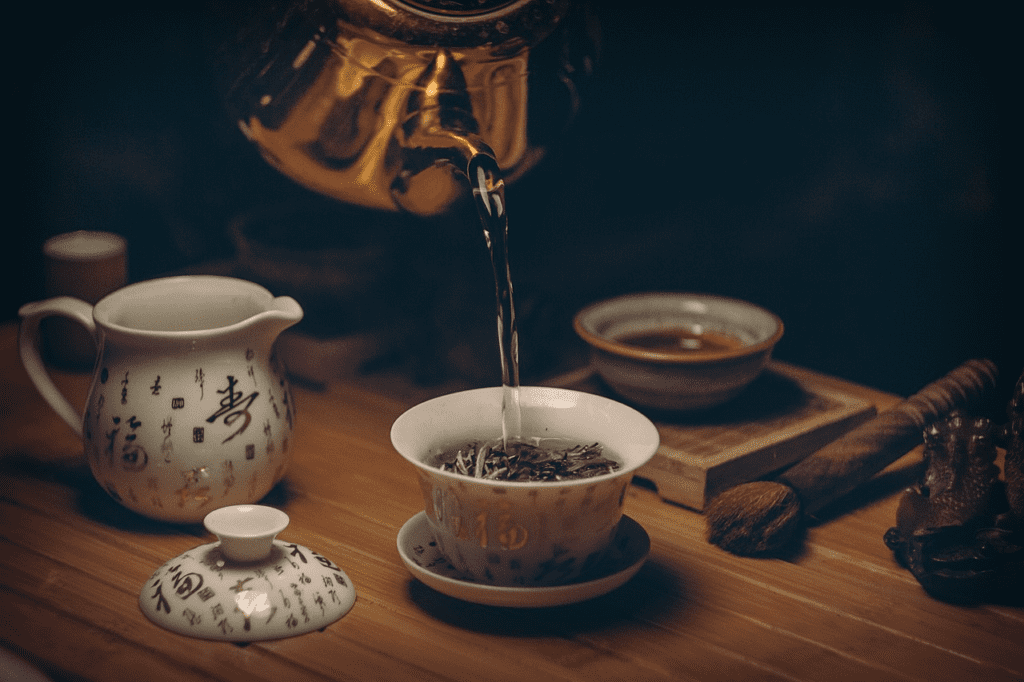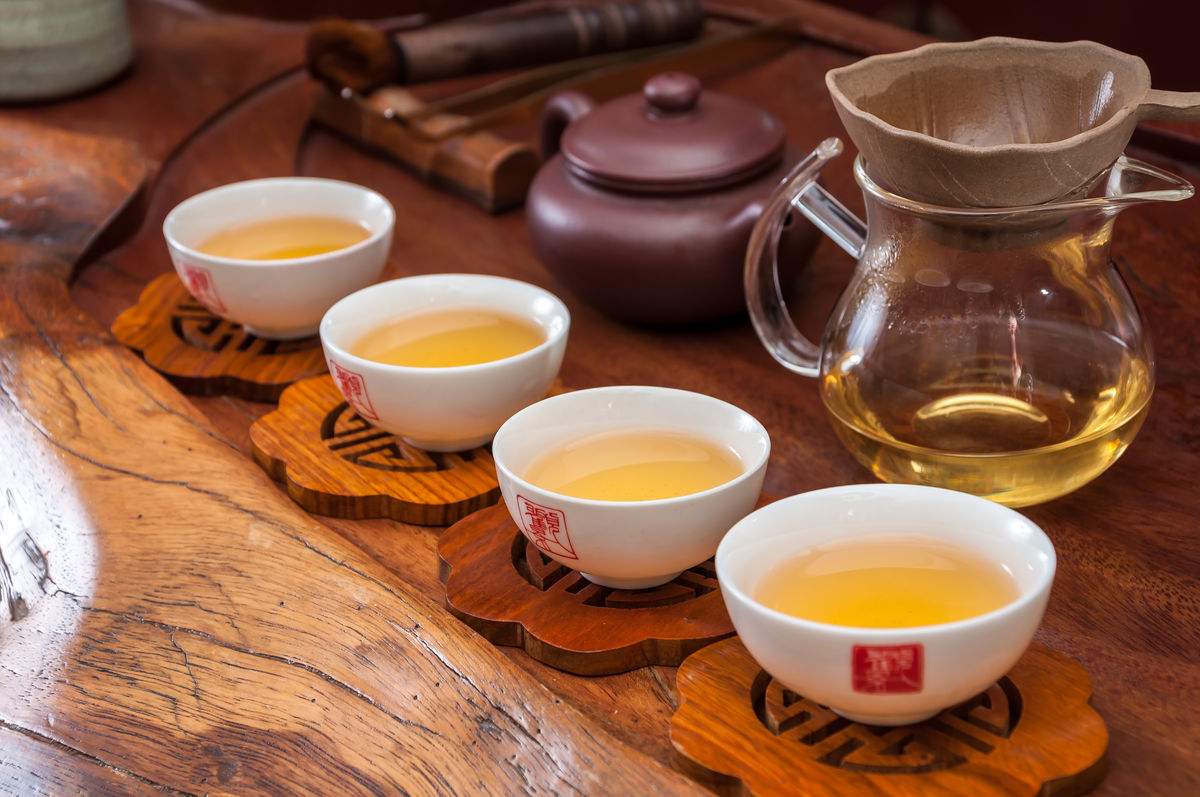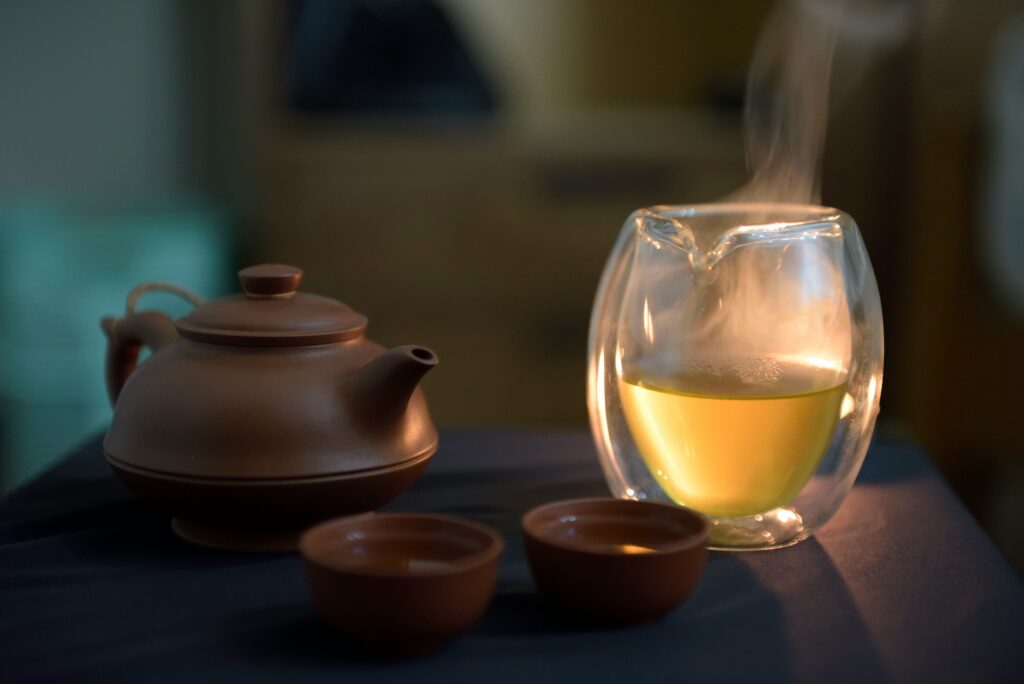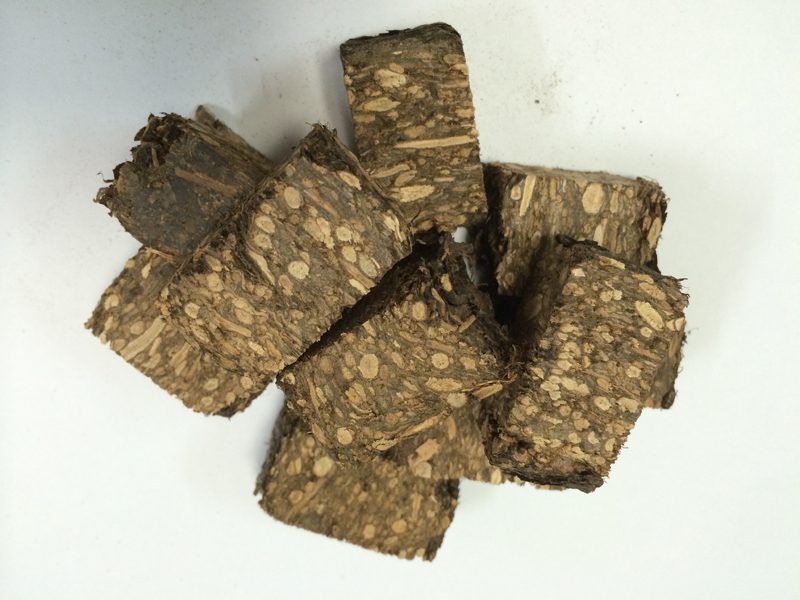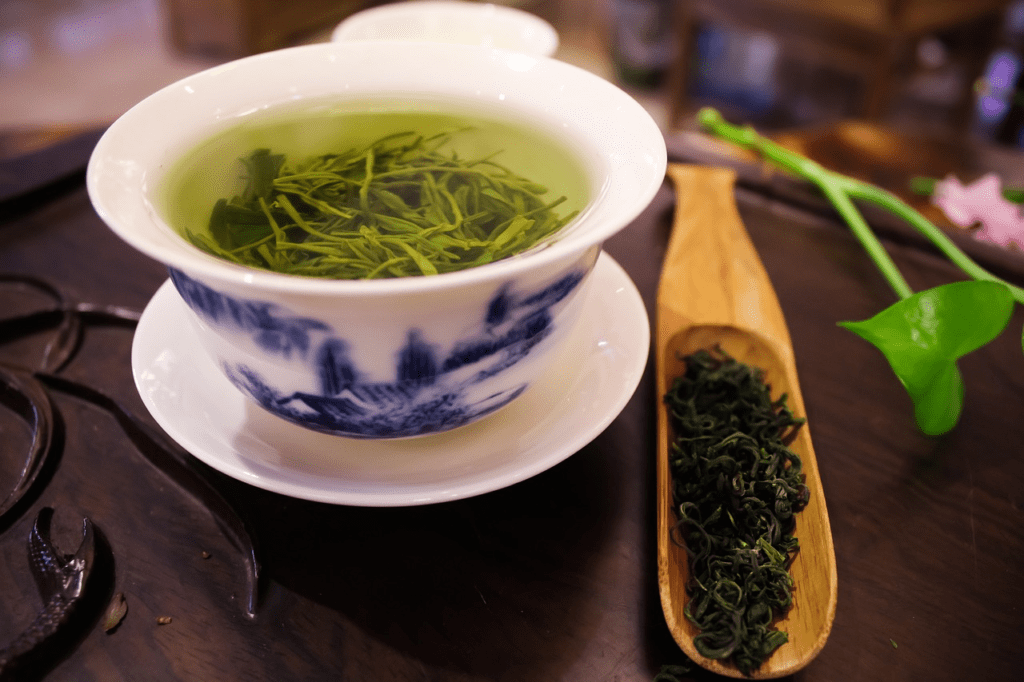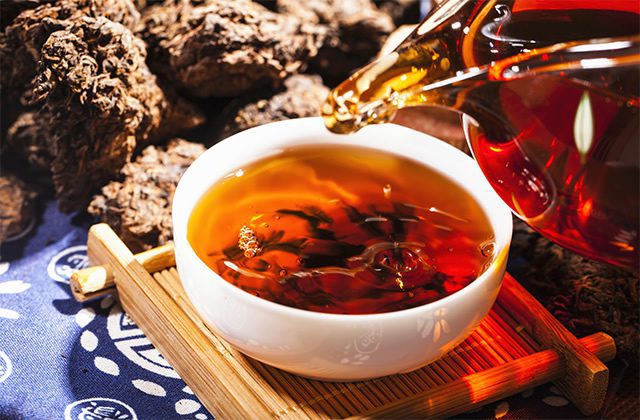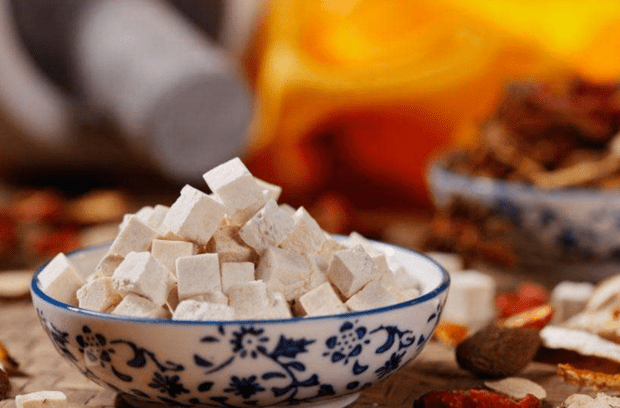Icelandic tea is highly sought after by tea lovers for its unique aroma and flavor, and is regarded as "the best of Puerh tea". However, do you know where Icelandic tea is produced?
Iceland tea, not from the icy Nordic islands, but grown in Iceland Village, Mengku Town, Shuangjiang County, Lincang City, Yunnan Province, China. Iceland Village is located in the north of Mengku Town, neighboring with Nami Township, with an altitude of 1700-2400 meters, an average annual temperature of about 15 ℃, annual rainfall of more than 1700 mm, mild and humid climate, cloudy, ecological environment is superior, providing unique conditions for the growth of tea trees.

History of Icelandic Tea
The history of Iceland tea can be traced back to the Ming Dynasty, around 1485. Icelandic village is the birthplace of the Menghu large-leaf variety and one of the first places in Shuangjiang County to have artificially cultivated tea trees. The history of Icelandic tea cultivation has been documented for more than five hundred years, while the oral tradition is even earlier, possibly as early as the Ming Dynasty.
Icelandic village tea trees are old, rumored to have a thousand years of history, of which the age of more than 300 years of ancient tree tea is a rare, valuable. These ancient tree tea root system is developed, draw the essence of heaven and earth, the tea produced by the rich inner texture, aroma, mellow flavor, sweetness and long-lasting, loved by tea lovers.
Geographic Characteristics of Icelandic Tea
Icelandic Village is in a very unique location. It is located in the north of Menghu Township, 25 kilometers from the seat of Menghu Township government and 44 kilometers from the county town. The altitude, climate and soil conditions here provide an ideal environment for the growth of tea trees. The Iceland tea area is divided into the eastern half of the mountains and the western half of the mountains with the South Meng River as the boundary, and Iceland Village happens to be on this demarcation line, so its tea has the characteristics of both sides.
Types and characteristics of Icelandic tea
Icelandic tea is famous for its fat cords, bud peaks showing hair, and oily brownish-black color of tea green. The aroma is soft, the soup color is golden and translucent, the taste is sweet, the tannins are quick, the degree of resistance is high, and the leaf bottom is thick and full. The aroma of Icelandic tea is mainly floral and fruity, long-lasting but not overbearing, giving people a profound drinking experience.

Icelandic Tea Planting and Production
Iceland tea cultivation is mainly concentrated in the five natural villages under the jurisdiction of Iceland Village Committee: Iceland, Nuowu, Baquan, Nanxu, and Jiejie. These villages have good quality ancient tea trees. However, the market known as Icelandic tea, narrowly refers to the Icelandic old village tea, which is the most authentic and precious. 2014 data show that the maximum age of Iceland's ancient tea trees for more than 500 years, more than one hundred years of old trees only 4,954 trees, the annual output of 7.8 tons of dry tea, and more than 300 years of old tree tea production of no more than 2.6 tons.
Icelandic tea, which is not just a kind of tea, it carries history, contains culture and represents quality. Every sip of Icelandic tea is a journey through time and space, a profound experience of nature and humanity.
